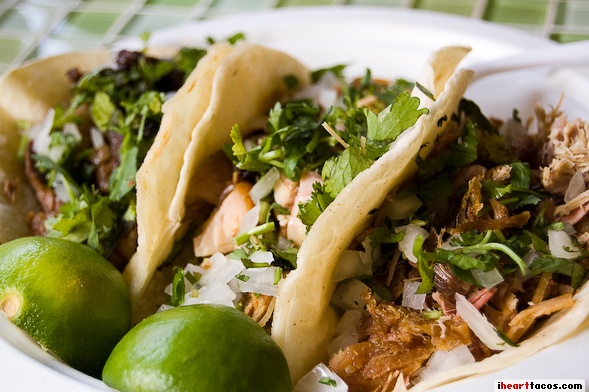
Although Hawaii is far from mainland of North America it ceded into the US. Because of its relative isolation it has its own distinct plant life and landscape. The Hawaiian islands were formed by a moving volcano also known as a hot spot. As the tectonic plate moves and spews forth land the islands are formed in a chain. The volcanoes that create these islands are shield volcanoes with wide sloping sides and do not have a explosive eruption as seen in the movies. Instead the lava slowly flows down the sides without much excitement. Many tourists flock to experience the foreign and stunning landscape. This has both positive and negative effects on Hawaii. Much revenue comes through the tourism business. Most of the businesses are owned by large corporations so the locals get low-paying jobs. The large amount of tourism destroys the landscape and creates pollution. Also because it is a tourist hot spot the cost of living goes up for the natives. To me the negative impacts outweigh the benefits of tourism.




